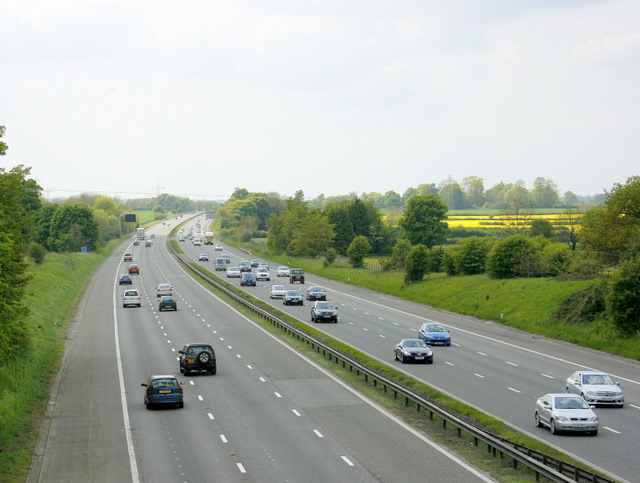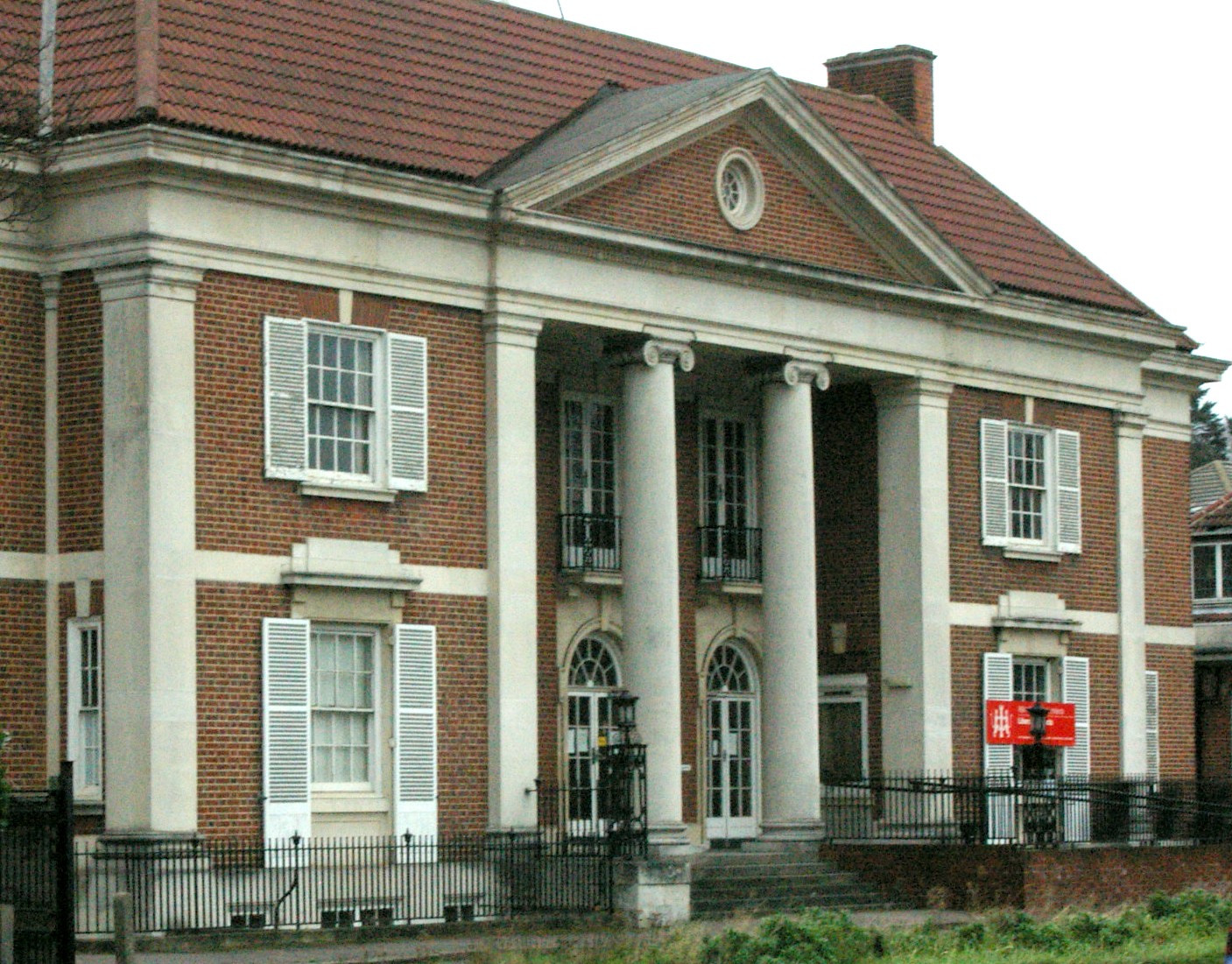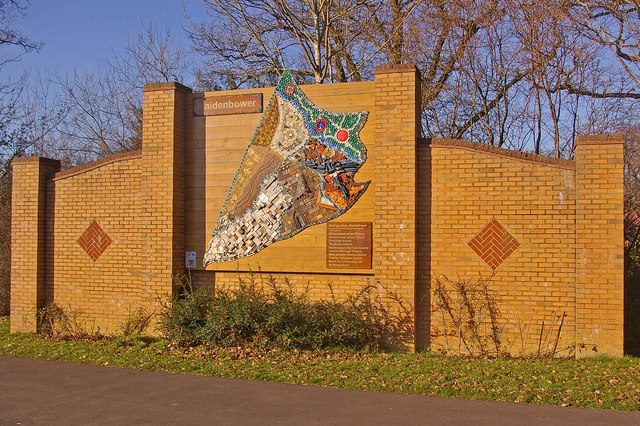|
M23 Motorway
The M23 is a motorway in the United Kingdom, running from the south of Hooley in Surrey, where it splits from the A23, to Pease Pottage, south of Crawley in West Sussex where it rejoins the A23. The northern end of the motorway starts on what is effectively a spur north of junction 7 of the M25 motorway (junction 8 on the M23). From Hooley it runs for past Redhill, Gatwick Airport and Crawley. A spur runs from junction 9 to Gatwick Airport. History The motorway was constructed between 1972 and 1975, at the same time as the southern section of the M25 from Godstone to Reigate (M25 junctions 6 to 8). The current northern terminus at junction 7 uses the original sliproads to meet the A23 and a flyover above the junction built for the onward northern continuation remains unused. The cancellation of the unbuilt northern section from the M25 in towards Central London has resulted in the A23 carrying the majority of traffic through South London to the motorway. This is la ... [...More Info...] [...Related Items...] OR: [Wikipedia] [Google] [Baidu] |
National Highways
National Highways, formerly the Highways Agency and later Highways England, is a State-owned enterprise, government-owned company charged with operating, maintaining and improving Roads in England, motorways and major A roads in England. It also sets highways standards used by all four UK administrations, through the Design Manual for Roads and Bridges. Within England, it operates information services through the provision of on-road signage and its Traffic England website, provides National Highways traffic officer, traffic officers to deal with incidents on its network, and manages the delivery of improvement schemes to the network. Founded as an executive agency, it was converted into a government-owned company, Highways England, on 1 April 2015. As part of this transition, the Government of the United Kingdom, UK government set out its vision for the future of the English strategic road network in its Road Investment Strategy. A second Road Investment Strategy was published ... [...More Info...] [...Related Items...] OR: [Wikipedia] [Google] [Baidu] |
Redhill, Surrey
Redhill () is a town in the borough of Reigate and Banstead within the county of Surrey, England. The town, which adjoins the town of Reigate to the west, is due south of Croydon in Greater London, and is part of the London commuter belt. The town is also the post town, entertainment and commercial area of three adjoining communities : Merstham, Earlswood and Whitebushes, as well as of two small rural villages to the east in the Tandridge District, Bletchingley and Nutfield. The town is situated on the junction of the north–south A23 (London to Brighton) road, and the east–west A25 road which runs from Guildford through to Sevenoaks. It is also on the railway junction, served by Redhill railway station, of the Brighton Main Line, North-Downs line, and Redhill-Tonbridge line. Geography Redhill is located within the Weald Basin, and the Weald-Artois Anticline. The town is situated in the east–west lying Vale of Holmesdale at a place where there is a natu ... [...More Info...] [...Related Items...] OR: [Wikipedia] [Google] [Baidu] |
A205 Road
The South Circular Road (formally the A205 and often simply called the South Circular) in south London, England, is a major road that runs from the Woolwich Ferry in the east to the Chiswick Flyover in the west via Eltham, Lee Green, Catford, Forest Hill, Dulwich, Tulse Hill, Clapham Common, Clapham Junction, Wandsworth, Putney, Barnes, Mortlake and Kew Bridge. Together with the North Circular Road and Woolwich Ferry, it makes a complete ring-road around Central London and forms the boundary of the Ultra Low Emission Zone. The South Circular is largely a sequence of urban streets joined together, requiring several at-grade turns, unlike the mostly purpose-made carriageways of the North Circular. As a result, it is frequently congested. Originally planned as a new-build route across South London, construction of the first section of the South Circular near Eltham began in 1921 to a high-quality specification. The remainder of the road was supposed to be of a similar s ... [...More Info...] [...Related Items...] OR: [Wikipedia] [Google] [Baidu] |
London Ringways
The London Ringways were a series of four ring roads planned in the 1960s to circle London at various distances from the city centre. They were part of a comprehensive scheme developed by the Greater London Council (GLC) to alleviate traffic congestion on the city's road system by providing high speed motorway-standard roads within the capital, linking a series of radial roads taking traffic into and out of the city. There had been plans to construct new roads around London to help traffic since at least the 17th century. Several were built in the early 20th century such as the North Circular Road, Western Avenue and Eastern Avenue, and further plans were put forward in 1937 with ''The Highway Development Survey'', followed by the '' County of London Plan'' in 1943. The Ringways originated from these earlier plans, and consisted of the main four ring roads and other developments. Certain sections were upgrades of existing earlier projects such as the North Circular, but much of ... [...More Info...] [...Related Items...] OR: [Wikipedia] [Google] [Baidu] |
Coulsdon
Coulsdon (, traditionally pronounced ) is a town in south London, England, within the London Borough of Croydon, in the ceremonial county of Greater London since 1965. Prior to this it was part of the historic county of Surrey. History The location forms part of the North Downs. The hills contain chalk and flint. A few dry valleys with natural underground drainage merge and connect to the main headwater of the River Wandle, as a winterbourne (stream), so commonly called "the Bourne". Although this breaks onto the level of a few streets when the water table is exceptionally high, the soil is generally dry. The depression and wind gap has been a natural route way across the Downs for early populations. Fossil records exist from the Pleistocene period (about 4,000,000 years ago) There is evidence of human occupation from the Neolithic period, Iron Age,Volume 9 of the Bourne Society's Local History Records (1970) Anglo-Saxon, Bronze Age, Roman and Medieval *675. Frithwald ... [...More Info...] [...Related Items...] OR: [Wikipedia] [Google] [Baidu] |
Purley, London
Purley is an area of the London Borough of Croydon in London, England, south of Charing Cross, with a history going back at least 800 years. It was originally granted as an estate from holdings at Sanderstead and until as a district of Surrey and then, with neighbouring Coulsdon, as an urban district that became an electoral ward of the London Borough of Croydon, becoming part of the ceremonial county of London, in 1965. In 2018 the Purley ward was divided into two: Purley and Woodcote, and Purley Oaks and Riddlesdown. Purley is a suburban area of South London, and the quintessential suburban environment has been referenced in fictional and popular culture, most notably as the setting for the long running Terry and June sitcom. Purley had a population of about 14,000 in 2011. History Toponymy The name derives from an estate, mentioned in about 1200 when it was deeded to one William de Pirelea, son of Osbert de Pirelea by the abbot of St. Peter’s monastery near Winches ... [...More Info...] [...Related Items...] OR: [Wikipedia] [Google] [Baidu] |
Thornton Heath
Thornton Heath is a district of Greater London, England, within the London Borough of Croydon. It is around north of the town of Croydon, and south of Charing Cross. Prior to the creation of Greater London in 1965, Thornton Heath was in the County Borough of Croydon. History Until the arrival of the railway in 1862, Thornton Heath was focused on an area in the parish of Croydon St John the Baptist, south west of the Whitehorse manor house (now a school), at the locality on the main London–Sussex road known as Thornton Heath Pond. Between the manor house and pond was an isolated farmhouse. Eventually it became the site for the railway station and the main expansion hub. In the 50-year period from 1861 to 1911, Thornton Heath saw a complete transformation from isolated rural outpost to integrated metropolitan suburb. In its infancy, a new railway station in the eastern farmlands enabled the immediate area to evolve around a central point. In the late 19th century, the west ... [...More Info...] [...Related Items...] OR: [Wikipedia] [Google] [Baidu] |
Streatham
Streatham ( ) is a district in south London, England. Centred south of Charing Cross, it lies mostly within the London Borough of Lambeth, with some parts extending into the neighbouring London Borough of Wandsworth. Streatham was in Surrey before becoming part of the County of London in 1889, and then Greater London in 1965. The area is identified in the London Plan as one of 35 major centres in Greater London. History Streatham means "the hamlet on the street". The street in question, the London to Brighton Way, was the Roman road from the capital Londinium to the south coast near Portslade, today within Brighton and Hove. It is likely that the destination was a Roman port now lost to coastal erosion, which has been tentatively identified with 'Novus Portus' mentioned in Ptolemy's Geographia. The road is confusingly referred to as Stane Street (Stone Street) in some sources and diverges from the main London-Chichester road at Kennington. After the departure of the ... [...More Info...] [...Related Items...] OR: [Wikipedia] [Google] [Baidu] |
Merstham
Merstham is a town in the borough of Reigate and Banstead in Surrey, England. It lies 25 miles south of Charing Cross and 2 miles south of the Greater London border. Part of the North Downs Way runs along the northern boundary of the town. Merstham has community associations, an early medieval church and a football club. Neighbourhoods Old Merstham Old Merstham forms the north and north-west of modern Merstham and is the original village centre. There is a small day school by the railway station, a pub, a few barbershops and a small number of other shops. The Merstham Estate/New Merstham After World War II the London County Council built the Merstham Estate, originally entirely public housing, was built to a geometric layout in the eastern fields. This area has its own parade of shops, the Brook recreation ground, three schools, and a youth/community centre along Radstock Way. Oakley, a small country house, is listed and has Victorian gothic architecture features. South Mer ... [...More Info...] [...Related Items...] OR: [Wikipedia] [Google] [Baidu] |
Stack Interchange
A directional interchange, colloquially known as a stack interchange, is a type of grade-separated junction between two controlled-access highways that allows for free-flowing movement to and from all directions of traffic. These interchanges eliminate the problems of weaving, have the highest vehicle capacity, and vehicles travel shorter distances when compared to different types of interchanges. The first directional interchange built in the world was the Four Level Interchange which opened to Los Angeles traffic in 1949. Definition A directional interchange is a grade separated junction between two roads where all turns that require crossing over or under the opposite road's lanes of travel in order to complete the turn utilize ramps that make a direct or semi-direct connection. The difference between direct and semi-direct connections is how much the motorist deviates from the intended direction of travel while on the ramp; direct ramps are shorter and can handle higher ... [...More Info...] [...Related Items...] OR: [Wikipedia] [Google] [Baidu] |
Maidenbower, Crawley
Maidenbower is one of 14 neighbourhoods within the town of Crawley in West Sussex, England. Maidenbower is located in the south east corner of the town, bordering the M23 motorway. It is bordered by Pound Hill to the north and Furnace Green to the west across the railway line. In 1986 Crawley Borough Council declared the farmland between the M23 and the London-Brighton railway line to be the 13th neighbourhood, named Maidenbower after one of the farms in the area. A consortium of builders was formed to develop the site which was to include community facilities and a new junction giving access to the M23. By 2000 development was almost complete, although small areas of infill development continue. The original 16th-century Frogshole farm building, unlike the adjoining Maidenbower farm that gave the area its name, remains as the public house for the neighbourhood. It was refurbished and opened in 1994. On 8 February 2007 it suffered a major fire. Frogshole Farm Pub re-opened in J ... [...More Info...] [...Related Items...] OR: [Wikipedia] [Google] [Baidu] |
M23, Junction 9
M, or m, is the thirteenth letter in the Latin alphabet, used in the modern English alphabet, the alphabets of other western European languages and others worldwide. Its name in English is ''em'' (pronounced ), plural ''ems''. History The letter M is derived from the Phoenician Mem, via the Greek Mu (Μ, μ). Semitic Mem is most likely derived from a " Proto-Sinaitic" (Bronze Age) adoption of the "water" ideogram in Egyptian writing. The Egyptian sign had the acrophonic value , from the Egyptian word for "water", ''nt''; the adoption as the Semitic letter for was presumably also on acrophonic grounds, from the Semitic word for "water", '' *mā(y)-''. Use in writing systems The letter represents the bilabial nasal consonant sound in the orthography of Latin as well as in that of many modern languages, and also in the International Phonetic Alphabet. In English, the Oxford English Dictionary (first edition) says that is sometimes a vowel, in words like ''spa ... [...More Info...] [...Related Items...] OR: [Wikipedia] [Google] [Baidu] |







